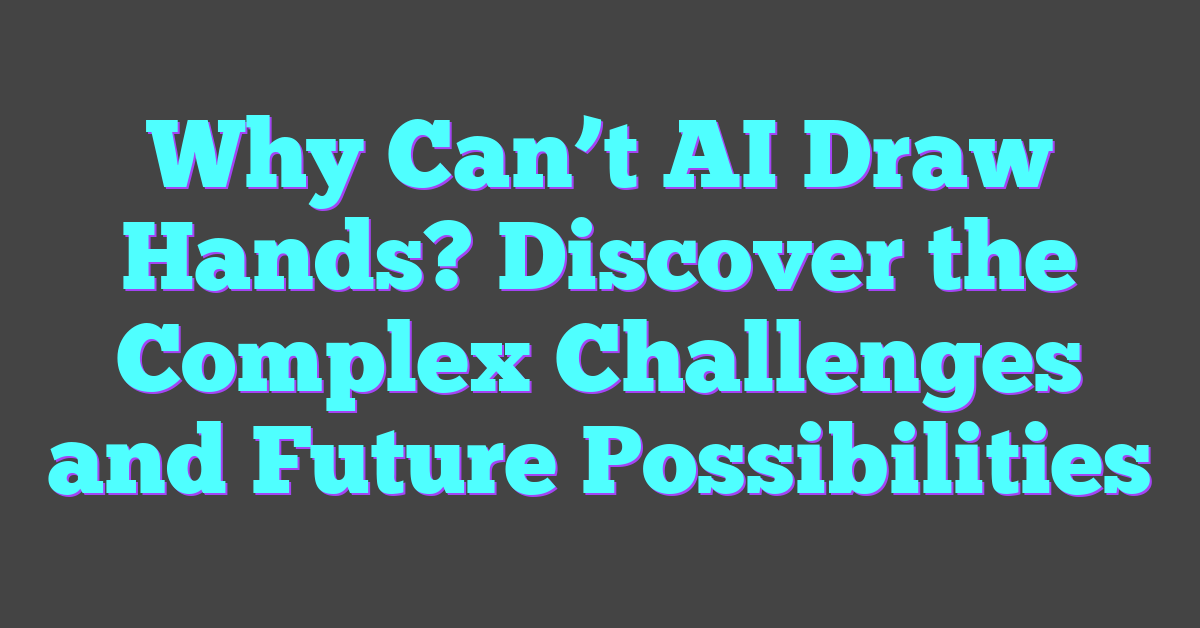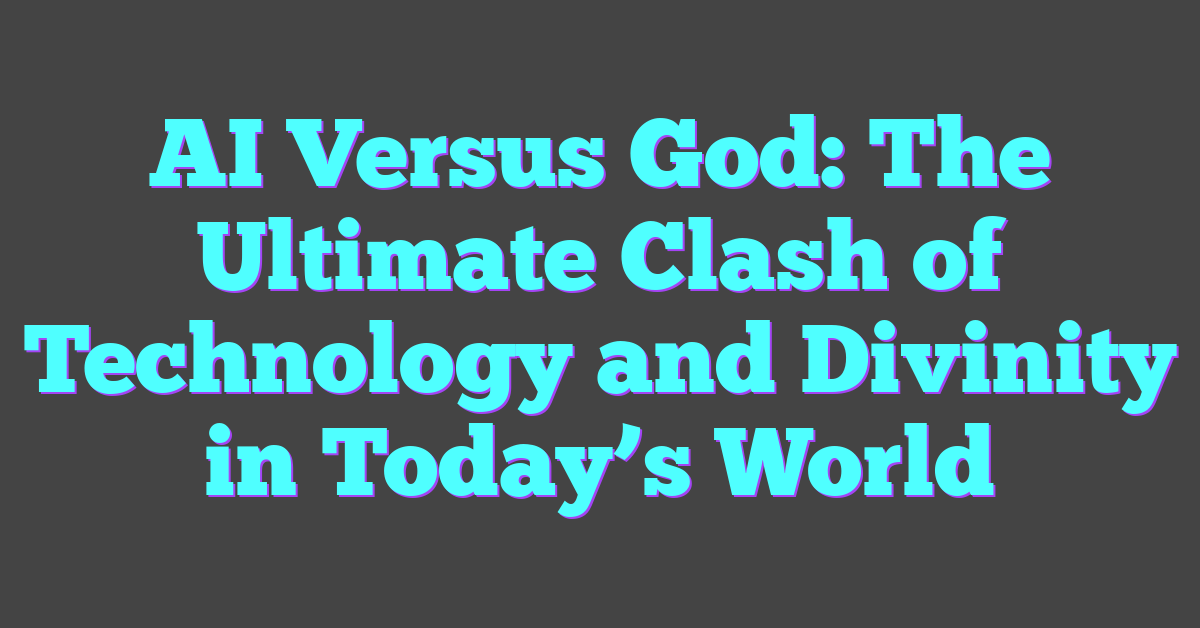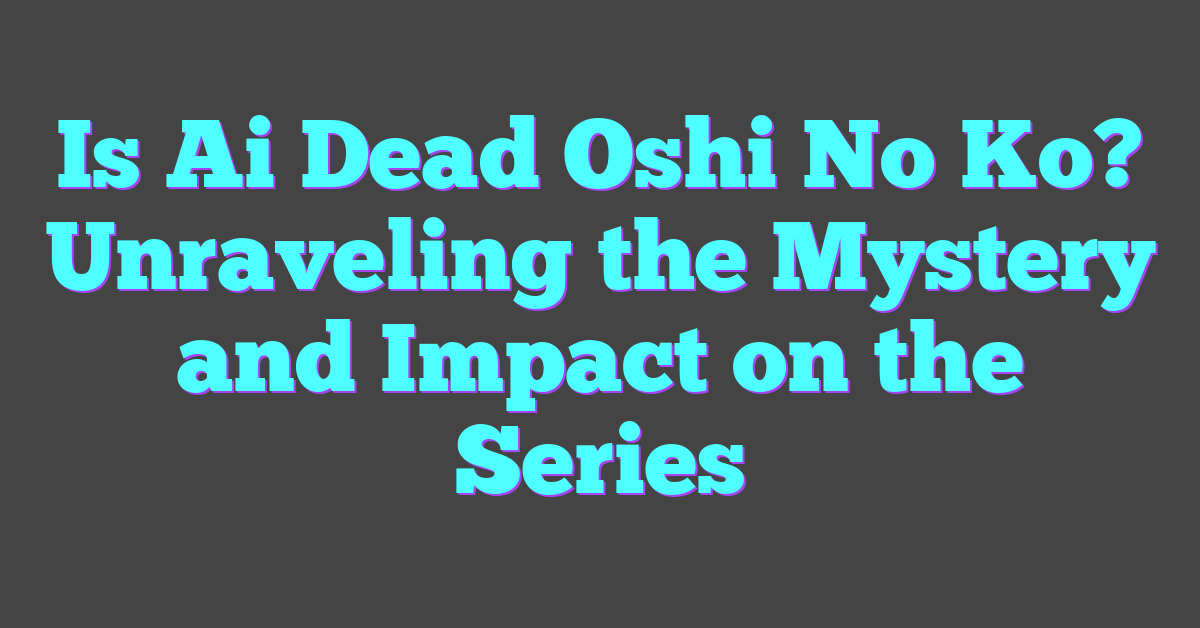Anyone who’s dabbled with AI art generators knows there’s a peculiar challenge these systems face: drawing hands. While AI can produce stunning landscapes and lifelike portraits, hands often end up looking like a jumbled mess of fingers and shapes. This curious shortcoming leaves many wondering why such advanced technology struggles with something humans find relatively simple.
The answer lies in the complexity and variability of human hands. Hands are incredibly intricate, with countless positions and subtle movements that even the most sophisticated algorithms find hard to replicate. Understanding why AI can’t quite master this aspect of drawing can offer fascinating insights into both the capabilities and limitations of artificial intelligence.
Exploring the Challenge: Why Can’t AI Draw Hands?
AI art generators struggle with hands due to the complex nature of hand anatomy and limitations in machine learning models.

The Intricacies of Human Hand Anatomy
Human hands consist of 27 bones, 34 muscles, and over 100 ligaments and tendons. These numerous components allow a significant range of motion and fine motor skills. Consequently, hands can assume countless positions and angles, each with unique shadowing and proportions. Representing this complexity accurately requires a nuanced understanding of anatomy and spatial relationships, which AI models currently lack.
Current Limitations in Machine Learning Models
Machine learning models depend heavily on training data and established patterns. While models excel with ample data on consistent objects like faces or landscapes, hands provide a challenge due to their variable nature. AI struggles because it can’t generalize hand structures from the diverse angles and positions seen in training datasets. Furthermore, finer details like fingers’ shadows and joints require higher precision, which large-brushed generative approaches fail to capture accurately.
The Importance of Neural Networks in Image Recognition
Neural networks serve as the backbone of image recognition in AI, providing the computational models necessary to interpret and generate complex images.
How AI Understands Images
Neural networks enable AI to understand images by mimicking the processes of human brain neurons. They use layers of artificial neurons to analyze image data. Each layer extracts specific features, like edges or textures, gradually building a more comprehensive understanding. Convolutional Neural Networks (CNNs) play a crucial role, as they specialize in processing pixel data and identifying patterns within images.
Training Data and Its Impact on Output
Training data significantly influences the output quality of AI-generated images. AI models require extensive datasets to learn and generalize features accurately. For example, to draw hands correctly, AI needs a diverse set of hand images in various positions, lighting conditions, and contexts. Poor or biased training data leads to inaccurate depictions. Ensuring high-quality, varied datasets is essential for improving AI’s ability to render complex features like human hands effectively.
Techniques and Tools Used in AI Art
AI models use various sophisticated techniques to generate art, aiming to replicate human creativity and intricacy.
Generative Adversarial Networks (GANs)
Generative Adversarial Networks (GANs) consist of two neural networks—a generator and a discriminator—that train and challenge each other to produce realistic images. The generator creates images from random noise, while the discriminator evaluates their authenticity. Through this adversarial process, GANs enhance their ability to generate complex images, including human anatomy.
GANs like StyleGAN and BigGAN have shown significant advancements in producing high-quality images. These models adjust parameters, like texture and form, to closely mimic human-drawn figures. However, hands remain a challenge due to their complex variations and frequent occlusions in training datasets.
Deep Learning Algorithms in Art
Deep learning algorithms, especially Convolutional Neural Networks (CNNs), play a crucial role in AI art. CNNs analyze visual data by breaking it down into smaller parts, such as edges and textures. Layers within the network progressively refine these features to construct detailed images.
Techniques like transfer learning provide pre-trained models with general image recognition capabilities, which can be fine-tuned for specific artistic tasks. Yet, despite the advancements, rendering hands accurately requires further breakthroughs due to the intricate anatomical details that current models struggle to capture.
Advances and Achievements in AI Art
AI art has rapidly advanced, demonstrating impressive capabilities in generating realistic and creative imagery.
Success Stories in AI-Generated Art
AI artists, using tools like GANs and deep learning algorithms, have achieved remarkable success. For example, the AI-generated portrait “Edmond de Belamy” sold for $432,500 at a Christie’s auction in 2018. Another notable achievement is the creation of DeepArt, an AI program that transforms photos into artworks reminiscent of famous artists’ styles. AI models like StyleGAN and BigGAN have enabled the generation of high-resolution, detailed images that push the boundaries of digital art. These successes underscore AI’s potential in creating compelling and human-like art pieces.
Growing Capabilities and Future Possibilities
AI’s capabilities in art are continuously growing. Researchers are developing more sophisticated models, improving AI’s ability to understand and replicate intricate details. Techniques like reinforcement learning and advanced neural networks are being explored to enhance AI’s artistic capabilities. Future possibilities include AI tools that assist human artists by generating creative ideas or completing complex artistic tasks. As AI continues evolving, it’s expected to increasingly contribute to fields like digital media, entertainment, and design, offering new ways to merge technology and creativity.
Conclusion
AI’s struggle to draw hands underscores the complexity of human anatomy and the challenges even advanced neural networks face. Despite these hurdles, AI’s progress in art is nothing short of impressive. From creating high-resolution images to transforming photos into masterpieces, AI continues to push the boundaries of creativity.
As AI models become more sophisticated, they hold great promise for the future of digital media and design. The collaboration between human artists and AI tools could lead to new artistic expressions and innovations, blending technology with creativity in ways we’ve yet to imagine.
Frequently Asked Questions
Why do AI art generators struggle with depicting human hands?
Human hands are highly complex with intricate details, making them difficult for AI to replicate accurately. Neural networks require extensive training with diverse datasets to improve their depiction of hands.
What role do Convolutional Neural Networks (CNNs) play in AI art?
CNNs are essential in AI art, enabling the analysis and generation of images by processing visual data through layers. They improve the quality and realism of AI-generated art by learning various patterns and features.
How have AI-generated artworks impacted the art market?
AI-generated artworks have gained significant attention, with some pieces selling for high prices. This demonstrates the growing acceptance and appreciation of AI-created art in the market.
What is DeepArt and what does it do?
DeepArt is an AI program that transforms photos into artworks resembling famous art styles. It leverages neural networks to apply the aesthetics of renowned artists to user-provided images.
What are StyleGAN and BigGAN?
StyleGAN and BigGAN are advanced AI models that generate high-resolution, detailed images. They push the boundaries of what AI can achieve in creating realistic and compelling visual content.
How do diverse datasets improve AI-generated images?
Diverse datasets expose AI models to a wide range of visual styles, patterns, and complexities. This variety helps the AI improve its ability to generate more accurate and aesthetically pleasing images.
What techniques are being explored to enhance AI’s artistic capabilities?
Advanced techniques like reinforcement learning and sophisticated neural networks are being explored to enhance AI’s artistic capabilities. These approaches aim to refine the AI’s ability to create intricate and lifelike art.
What future possibilities exist for AI in art and design?
AI tools are expected to assist human artists, contributing to digital media, entertainment, and design. The integration of AI and creativity has the potential to revolutionize various creative fields, bridging technology and art.




